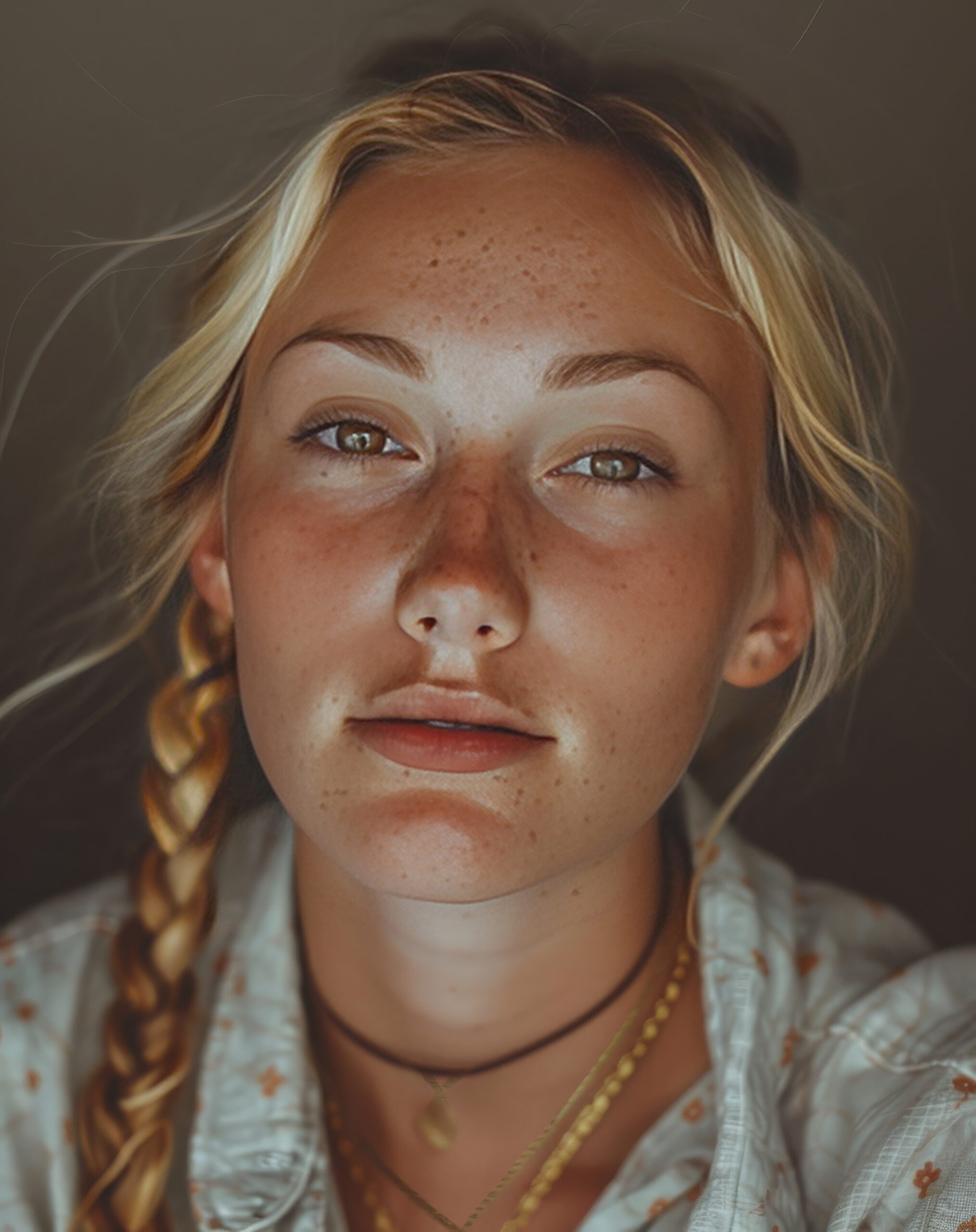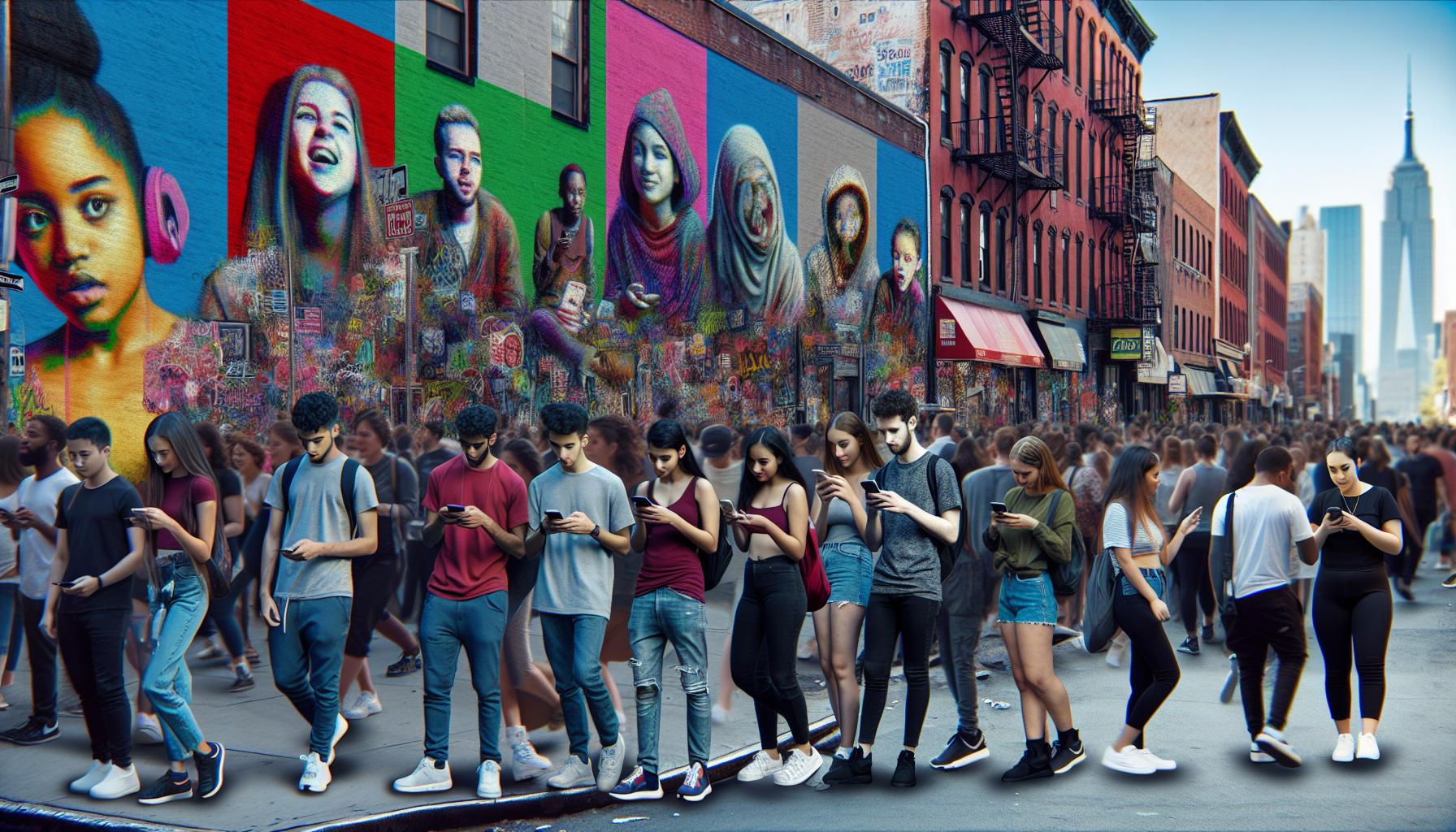greediegoddess.com
Delve into Culinary Adventures: Recipes, Ingredients, and Foodie Travels
Foodie Travels Explored from Dolames Nolkem
Foodie Travels
Starting Your Wine Journey: Ultimate Picks for New Wine Drinkers
New to wine? Feeling overwhelmed? Yeah, we get that. It’s hard to know where to start with so many varieties, flavors, and labels. But we’re ...
Foodie Travels
From Sunrise to Sunset: Rooftop Dining in Asheville
Nestled in the heart of the Blue Ridge Mountains, Asheville is known for its stunning natural beauty, vibrant culture, and, more recently, its burgeoning rooftop ...
Foodie Travels
Exploring Iconic Food Destinations & Festivals in the USA: A Taste of Culinary Diversity
America’s gastronomic landscape is as diverse as it is delicious. With each state boasting its own unique flavors, the USA is a veritable feast for ...
Unveiling Culinary Wonders: Dive into Interesting Ingredients
Interesting Ingredients
A Versatile and Healthy Legume: The Power of Great Northern Beans
Interesting Ingredients
Discover Cocktail Ingredients That Elevate Your Drinks
Interesting Ingredients
Essential Ingredients for Green Pozole: A Guide to This Flavorful Mexican Stew
Interesting Ingredients
Simple Ingredients, Sweet Outcomes: The Ultimate Guide to Making Delicious Desserts
Interesting Ingredients
Perfectinng Mixology: Exploring Interesting & Innovative Cocktail Ingredients
Interesting Ingredients
Simple & Delicious: 3-Ingredient Peanut Butter Fudge Recipe
Interesting Ingredients
The Secret: Key Ingredients of Il Makiage Foundation
Interesting Ingredients
Revealing the Truth: Ingredients and Nutritional Breakdown of Charms Mini Pops
Interesting Ingredients
Explore the Delight: Essential Ingredients in Vegan Chocolate Revealed
Interesting Ingredients
Health Benefits: A Guide to Vegan Shakeology’s Nutrient-Rich Ingredients
Interesting Ingredients
Harnessing the Power of Sun: Benefits and Uses of Ingredients of Natural Light
Interesting Ingredients
Revolutionize Your Salads: Discover Interesting and Unconventional Ingredients
Interesting Ingredients
Simplicity & Scrumptious: Easy Vegan Desserts with Minimal Ingredients
Testimonials
What Our Readers Say
Greedie Goddess has become my go-to for delicious recipes and culinary inspiration. The articles are well-written and easy to follow, making cooking a joy!

Daniela Dewitt
As someone who enjoys both cooking and traveling, Greedie Goddess offers a perfect blend of both worlds. It's informative, engaging, and always leaves me hungry for more!

Lyle Kauffman
I love exploring new ingredients and recipes, and Greedie Goddess never disappoints. It's like having a foodie friend sharing their discoveries with you!

Iina Jutila


















